Home>Gardening & Outdoor>Landscaping Ideas>What Is A Good Shade Grass
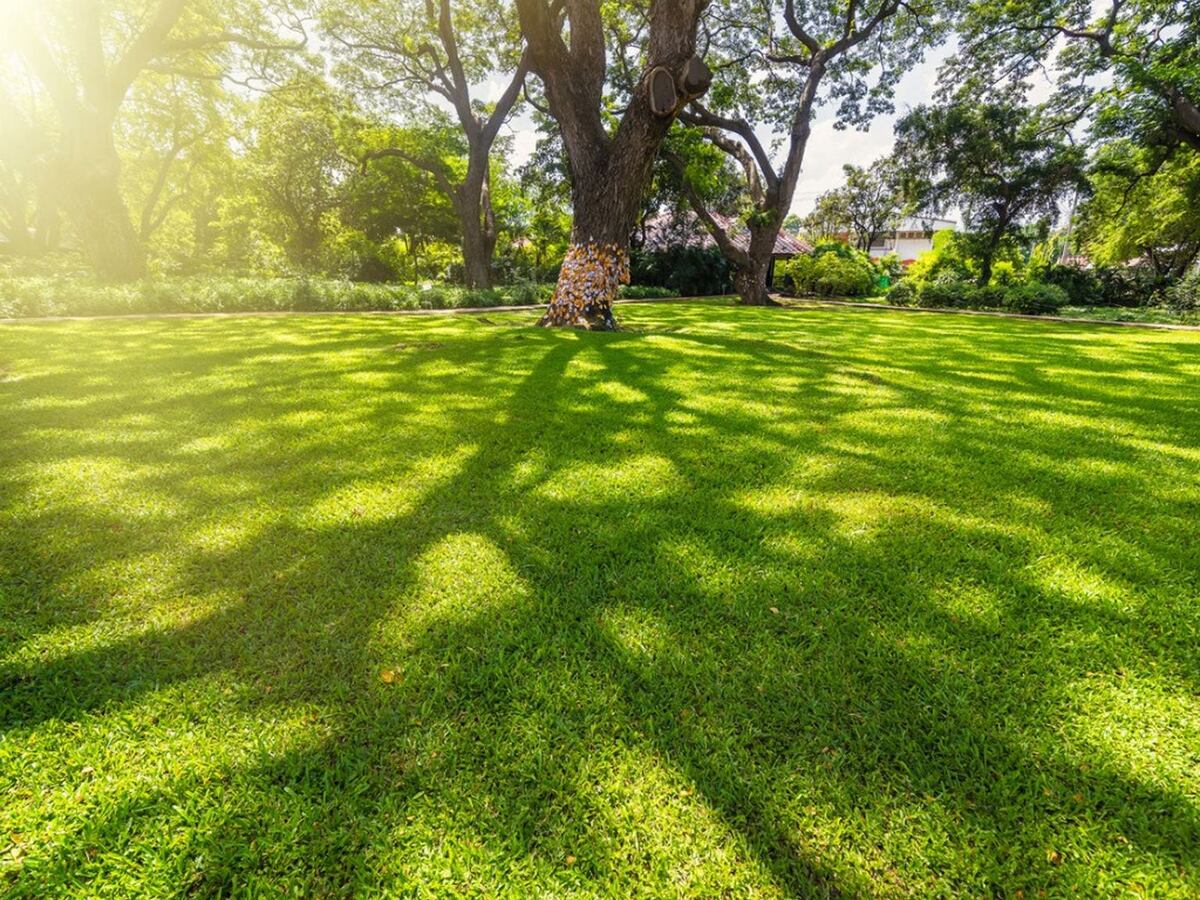

Landscaping Ideas
What Is A Good Shade Grass
Modified: March 5, 2024
Discover the best shade grass for your landscaping ideas. Learn about the top choices for creating a lush, green lawn in shaded areas.
(Many of the links in this article redirect to a specific reviewed product. Your purchase of these products through affiliate links helps to generate commission for Storables.com, at no extra cost. Learn more)
Introduction
Creating a lush and vibrant lawn in shaded areas can be a challenging task for many homeowners. Whether it’s the dappled shade from a canopy of trees or the shadow cast by a building, finding the right type of grass that thrives in low-light conditions is essential for a successful lawn. In this comprehensive guide, we will explore the characteristics of shade grass, the different types available, factors to consider when choosing shade grass, and essential tips for caring for it. By the end of this article, you will have a deeper understanding of shade grass and how to cultivate a verdant oasis even in the shadiest corners of your outdoor space.
Key Takeaways:
- Choose shade grass like fine fescue or zoysia for shady areas. Consider shade level, soil type, and maintenance preferences to create a lush, low-maintenance lawn.
- To care for shade grass, water consistently, fertilize appropriately, and control weeds. Mow at the right height, aerate, and monitor for pests and diseases.
Read more: What Kind Of Grass Seed Is Good For Shade
Characteristics of Shade Grass
Shade grass, as the name suggests, is specially designed to thrive in low-light conditions, making it an ideal choice for areas with limited direct sunlight. Unlike traditional sun-loving grasses, shade grass exhibits several key characteristics that enable it to flourish in shaded environments. One of the most prominent features of shade grass is its ability to tolerate reduced sunlight without compromising its overall health and appearance. Additionally, shade grass varieties often possess a finer texture and a deeper green hue, enhancing their visual appeal in shaded settings.
Another crucial characteristic of shade grass is its capacity to withstand competition from tree roots, which can deplete the soil of essential nutrients and moisture. This resilience allows shade grass to maintain its vitality despite the presence of nearby trees or other large plants. Furthermore, many shade grass species demonstrate improved disease resistance, providing added protection against common fungal issues that can arise in shaded areas.
Shade grass also tends to have a slower growth rate compared to sun-loving grasses, resulting in reduced mowing frequency and maintenance requirements. This attribute is advantageous for homeowners seeking a low-maintenance lawn solution for their shaded landscapes. Moreover, certain shade grass varieties boast enhanced drought tolerance, enabling them to endure periods of limited rainfall or irrigation, which is particularly beneficial in areas where water availability may be limited.
Overall, the unique characteristics of shade grass make it a resilient and visually appealing option for shaded areas, offering homeowners the opportunity to cultivate a thriving lawn even in the absence of abundant sunlight.
Types of Shade Grass
When it comes to selecting the most suitable shade grass for your lawn, several varieties stand out for their exceptional adaptability to low-light conditions. Each type of shade grass possesses distinct attributes that cater to specific shade levels and soil types, providing homeowners with a range of options to choose from. Understanding the characteristics of different shade grass species is essential for making an informed decision and achieving optimal results in shaded areas.
Fine Fescue: This type of shade grass is renowned for its fine texture and exceptional shade tolerance, making it a popular choice for areas with limited sunlight. Fine fescue varieties, including creeping red fescue and chewings fescue, thrive in cool, shaded environments and exhibit impressive resilience in the face of challenging growing conditions.
Creeping Bentgrass: Ideal for moderately shaded areas, creeping bentgrass offers a dense, lush appearance and thrives in cool, moist conditions. Its ability to form a dense carpet-like turf makes it well-suited for lawns with partial shade, providing an attractive and resilient ground cover.
Zoysia Grass: While zoysia grass is renowned for its tolerance to heat and drought, certain varieties, such as “Zeon” and “Palisades,” exhibit notable shade tolerance, allowing them to thrive in areas with reduced sunlight. Zoysia grass is particularly well-suited for lawns with dappled shade or intermittent sun exposure.
St. Augustine Grass: This warm-season grass variety offers moderate shade tolerance, making it suitable for lawns with partial shade. St. Augustine grass excels in humid climates and exhibits a lush, coarse texture, providing a visually appealing ground cover in shaded areas.
Tall Fescue: Known for its adaptability to a wide range of soil types and shade levels, tall fescue is a popular choice for lawns with varying light conditions. Its deep green color and robust growth make it an attractive option for shaded landscapes, offering excellent resilience and minimal maintenance requirements.
By familiarizing yourself with the characteristics and growing requirements of these diverse shade grass varieties, you can identify the most suitable option for your specific shade conditions, ultimately establishing a thriving and resilient lawn in shaded areas.
When choosing a shade grass, look for varieties like fine fescue, tall fescue, or shade-tolerant bluegrass. These grasses can thrive in areas with limited sunlight and provide a lush, green lawn.
Factors to Consider When Choosing Shade Grass
When selecting the most suitable shade grass for your lawn, several essential factors should be taken into account to ensure successful establishment and long-term vitality. By carefully considering these key aspects, homeowners can make informed decisions that align with the unique shade conditions and maintenance preferences of their outdoor space.
Shade Level: Assessing the specific shade level in the target area is crucial for choosing the right shade grass variety. Different grass species exhibit varying degrees of shade tolerance, ranging from deep shade to partial shade. By identifying the predominant shade level in the intended lawn area, homeowners can select a shade grass variety that is well-suited to the light conditions present.
Soil Type: Understanding the soil composition and drainage characteristics of the site is essential for determining the most compatible shade grass. Some grass species thrive in well-drained soils, while others exhibit greater adaptability to compacted or clay soils. By analyzing the soil type, homeowners can choose a shade grass variety that aligns with the specific soil conditions, promoting optimal growth and resilience.
Maintenance Preferences: Consideration of maintenance requirements, such as mowing frequency and fertilization needs, is paramount when choosing shade grass. Some varieties may necessitate more frequent mowing, while others offer lower maintenance demands. By evaluating maintenance preferences and time constraints, homeowners can select a shade grass variety that aligns with their desired level of lawn care involvement.
Climate and Region: Taking into account the local climate and regional conditions is essential for selecting a shade grass variety that thrives in the specific geographical area. Factors such as temperature range, humidity levels, and precipitation patterns can influence the suitability of certain grass species. By choosing a shade grass variety well-adapted to the local climate, homeowners can promote long-term lawn health and vitality.
Overall Aesthetic: Considering the desired visual appearance and texture of the lawn is important when choosing shade grass. Some varieties offer a finer texture and deep green color, while others exhibit a lush, dense growth habit. By aligning the aesthetic preferences with the characteristics of different shade grass species, homeowners can create a visually appealing and harmonious lawn in shaded areas.
By carefully evaluating these critical factors and their relevance to the specific lawn environment, homeowners can make informed decisions when selecting shade grass, ultimately establishing a resilient and thriving lawn that enhances the beauty of shaded outdoor spaces.
How to Care for Shade Grass
Caring for shade grass involves implementing tailored maintenance practices that support its growth and vitality in low-light conditions. By following essential care guidelines, homeowners can ensure the long-term health and visual appeal of their shaded lawn, fostering a lush and resilient outdoor space.
Proper Watering: Adequate and consistent watering is crucial for the well-being of shade grass. While shaded areas may receive less direct sunlight, they still require regular moisture to thrive. However, it’s important to strike a balance, as overwatering can lead to issues such as fungal diseases. Monitoring soil moisture levels and adjusting watering frequency accordingly is essential for promoting healthy growth.
Appropriate Fertilization: Providing the necessary nutrients through regular fertilization is vital for shade grass. Selecting a high-quality, slow-release fertilizer specifically formulated for shade-tolerant grasses can help maintain optimal nutrition levels. Additionally, conducting a soil test can provide valuable insights into the specific nutrient requirements of the lawn, enabling targeted and effective fertilization practices.
Mowing Practices: When mowing shade grass, it’s important to adhere to proper mowing heights and frequencies. Setting the mower at the appropriate height for the specific grass variety and avoiding excessive grass removal promotes a healthy root system and overall resilience. Additionally, sharpening mower blades regularly ensures clean cuts, minimizing stress on the grass plants.
Weed Control: Implementing proactive weed control measures is essential for preserving the integrity of shade grass. Regularly inspecting the lawn for weeds and addressing them promptly helps prevent competition for resources and maintains the uniform appearance of the grass. Utilizing targeted herbicides and manual removal techniques can effectively manage weed infestations without harming the shade grass.
Aeration and Dethatching: Periodic aeration and dethatching of shaded lawns promote optimal air and water penetration, reducing soil compaction and enhancing root development. These practices help mitigate common issues associated with shaded areas, such as poor drainage and limited nutrient uptake, fostering a healthy and resilient turf.
Disease and Pest Management: Vigilant monitoring for signs of diseases and pests is crucial for preserving the health of shade grass. Implementing preventive measures, such as proper ventilation and avoiding excessive moisture, can help minimize the risk of fungal diseases. Additionally, addressing pest infestations promptly through targeted control methods safeguards the integrity of the lawn.
By integrating these essential care practices into a comprehensive lawn maintenance routine, homeowners can nurture thriving shade grass that enhances the beauty of shaded outdoor spaces, creating a verdant and inviting environment for leisure and relaxation.
Read more: What Is A Good Ground Cover Plant For Shade
Conclusion
In conclusion, cultivating a vibrant and resilient lawn in shaded areas is achievable through the selection of suitable shade grass varieties and the implementation of tailored care practices. Understanding the unique characteristics of shade grass, including its shade tolerance, texture, and resilience, equips homeowners with the knowledge needed to make informed decisions when establishing and maintaining shaded lawns.
By exploring the diverse types of shade grass, ranging from fine fescue to zoysia grass, homeowners can identify the most compatible variety for their specific shade conditions, soil type, and aesthetic preferences. Factors such as shade level, soil type, maintenance requirements, climate, and overall aesthetic play pivotal roles in determining the most suitable shade grass for a given outdoor space.
Furthermore, prioritizing essential care practices, such as proper watering, fertilization, mowing, weed control, aeration, and disease management, is paramount for nurturing thriving shade grass. By adhering to these guidelines, homeowners can promote the long-term health and visual appeal of their shaded lawn, creating an inviting and lush outdoor environment.
Ultimately, the successful cultivation of shade grass not only enhances the aesthetic appeal of shaded landscapes but also contributes to the creation of harmonious and functional outdoor living spaces. With the right shade grass variety and diligent care, homeowners can transform even the shadiest corners of their yards into verdant retreats, providing a tranquil and inviting backdrop for leisure and recreation.
By embracing the unique qualities of shade grass and implementing targeted care strategies, homeowners can overcome the challenges of low-light conditions and establish thriving and visually stunning lawns that enrich the overall beauty and enjoyment of their outdoor environments.
Frequently Asked Questions about What Is A Good Shade Grass
Was this page helpful?
At Storables.com, we guarantee accurate and reliable information. Our content, validated by Expert Board Contributors, is crafted following stringent Editorial Policies. We're committed to providing you with well-researched, expert-backed insights for all your informational needs.
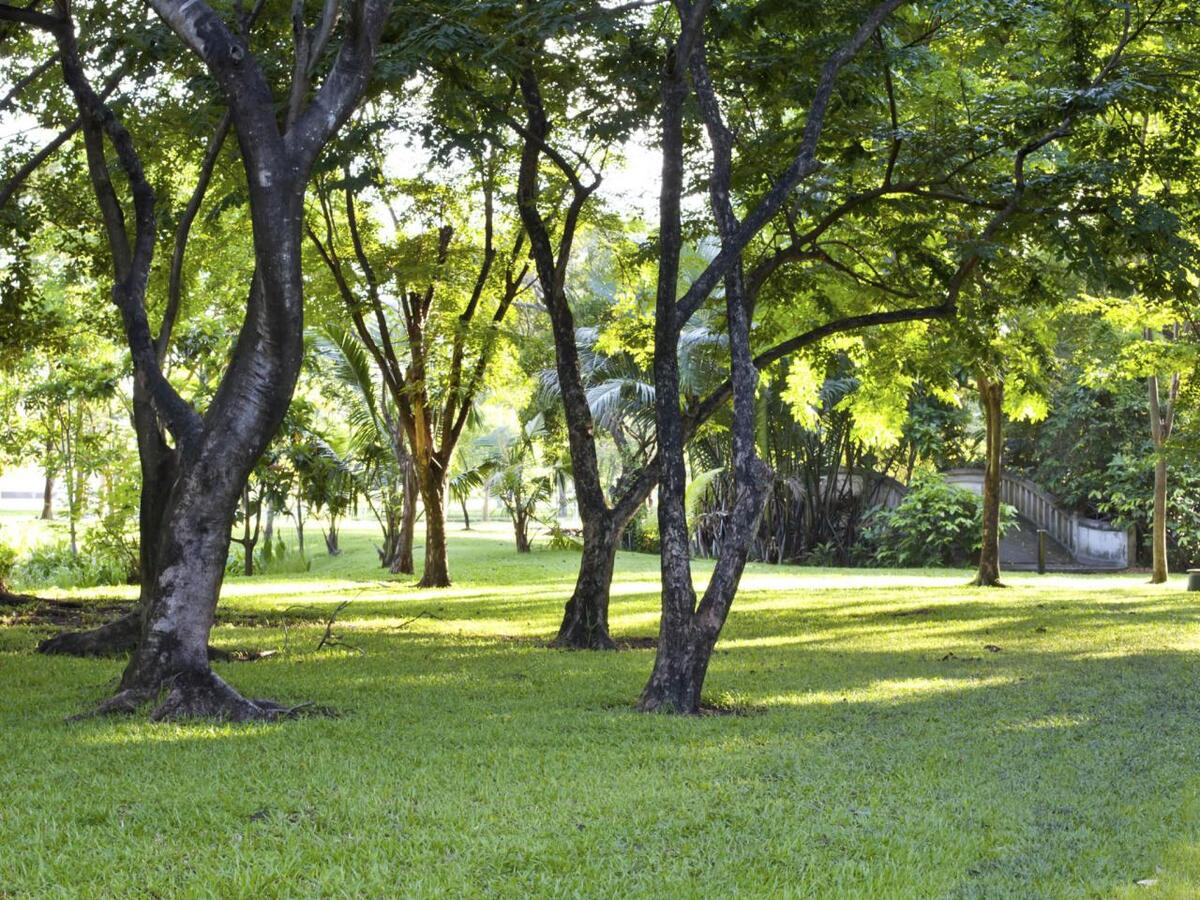
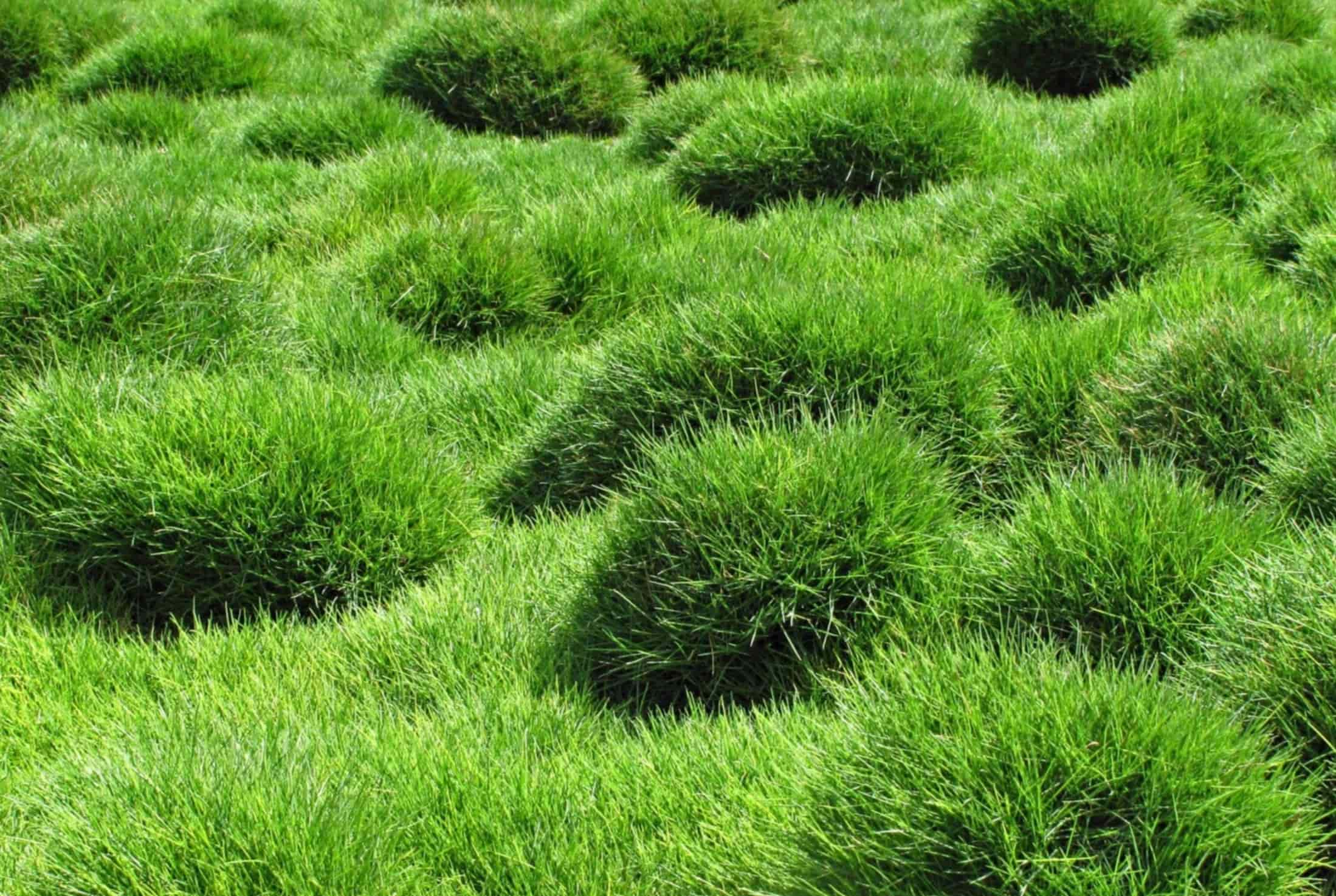
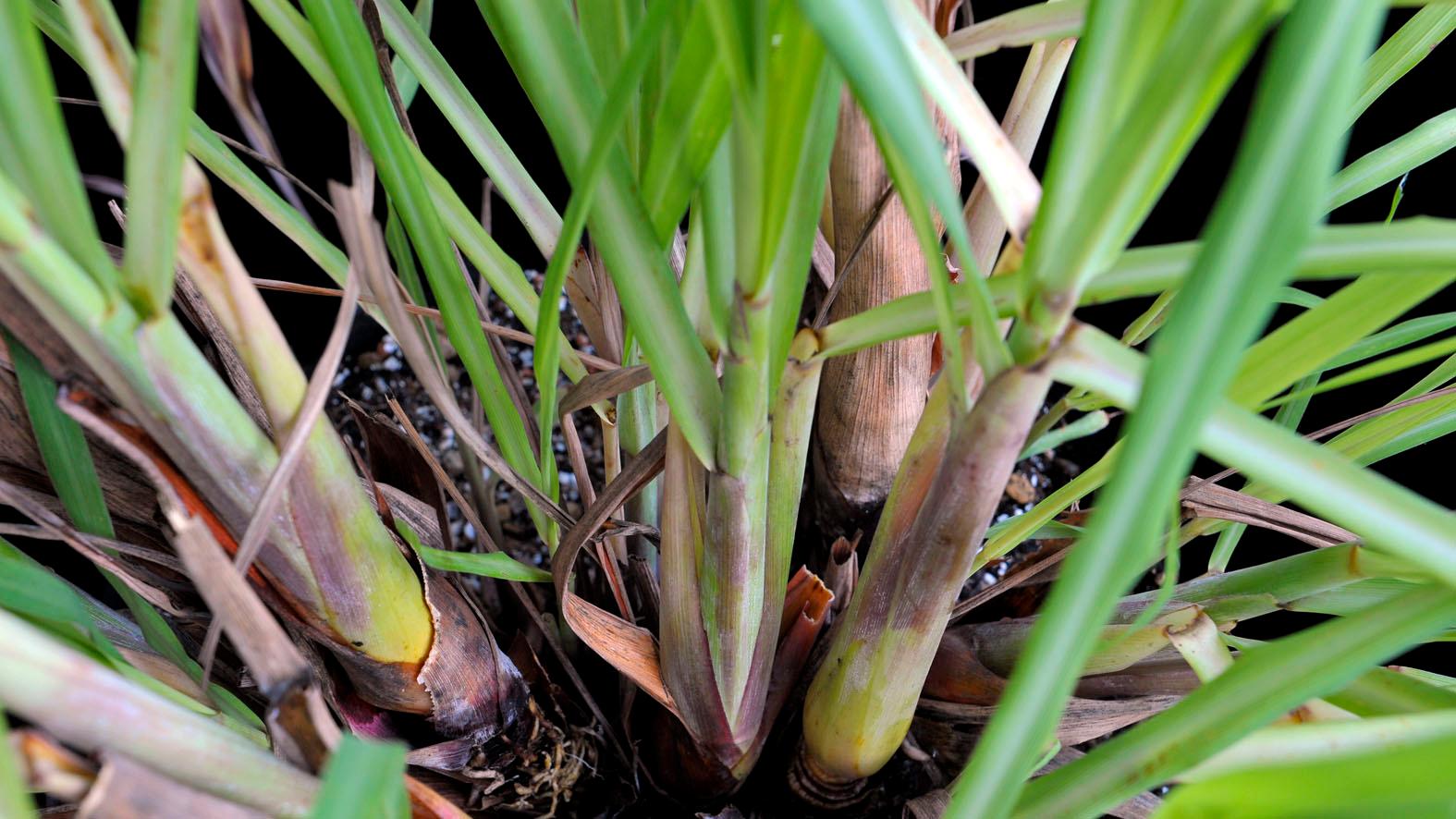
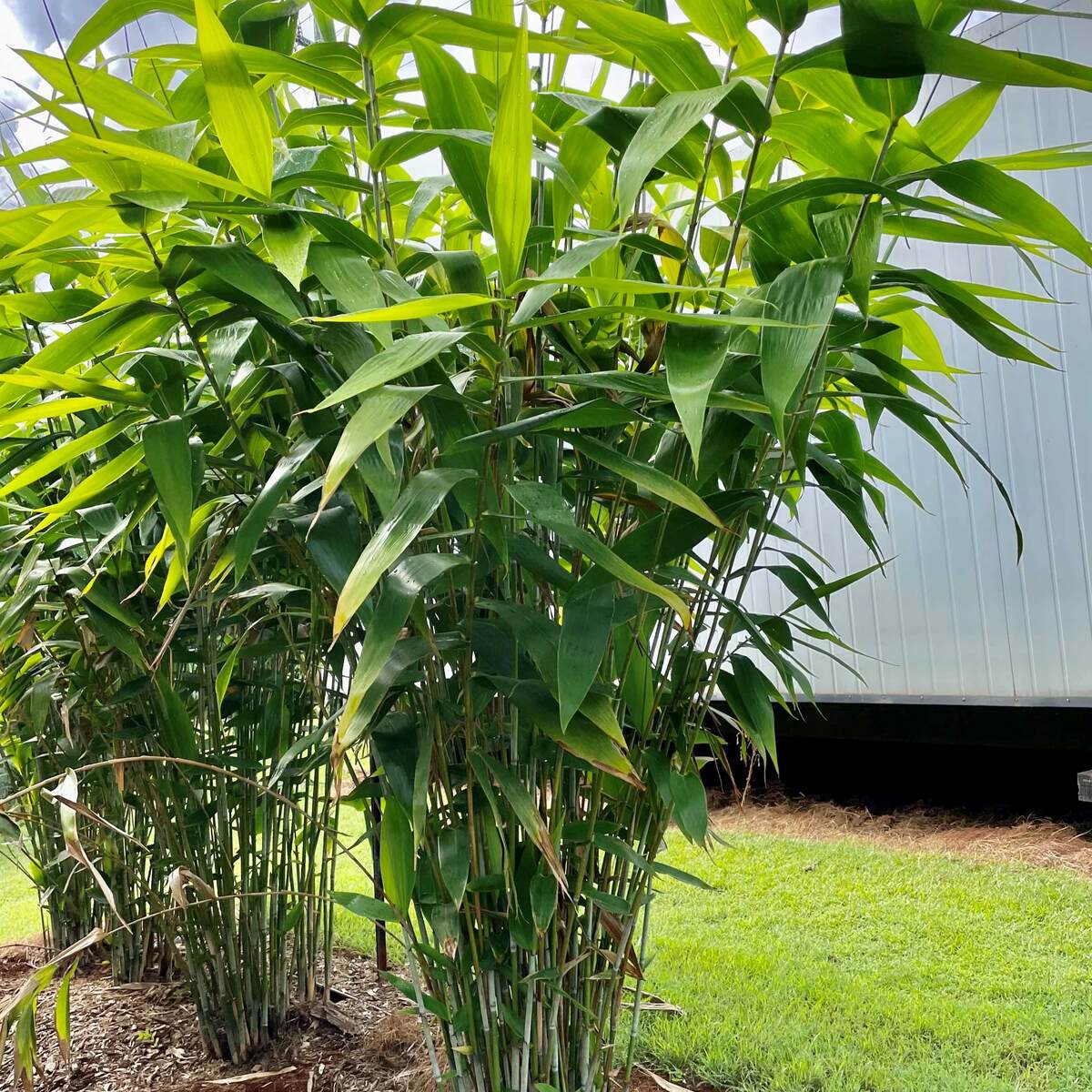
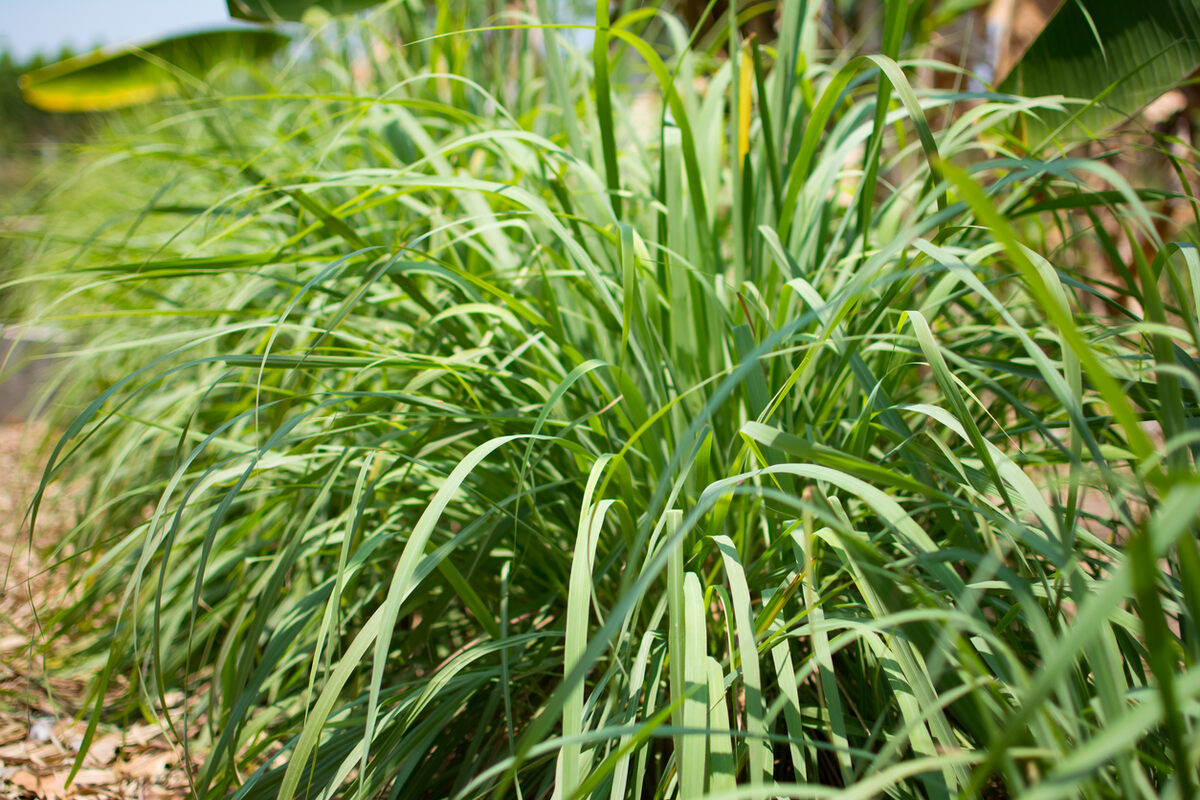
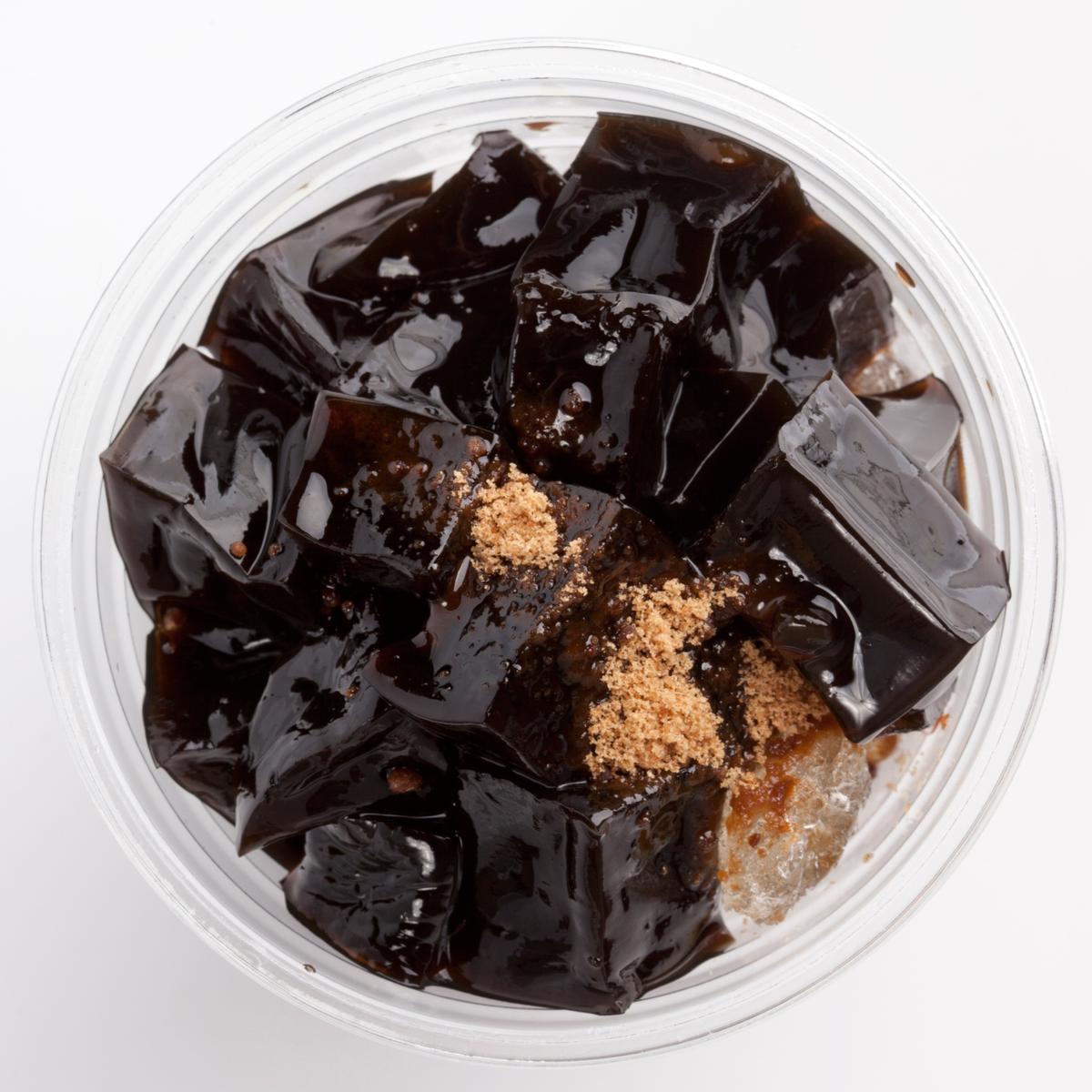
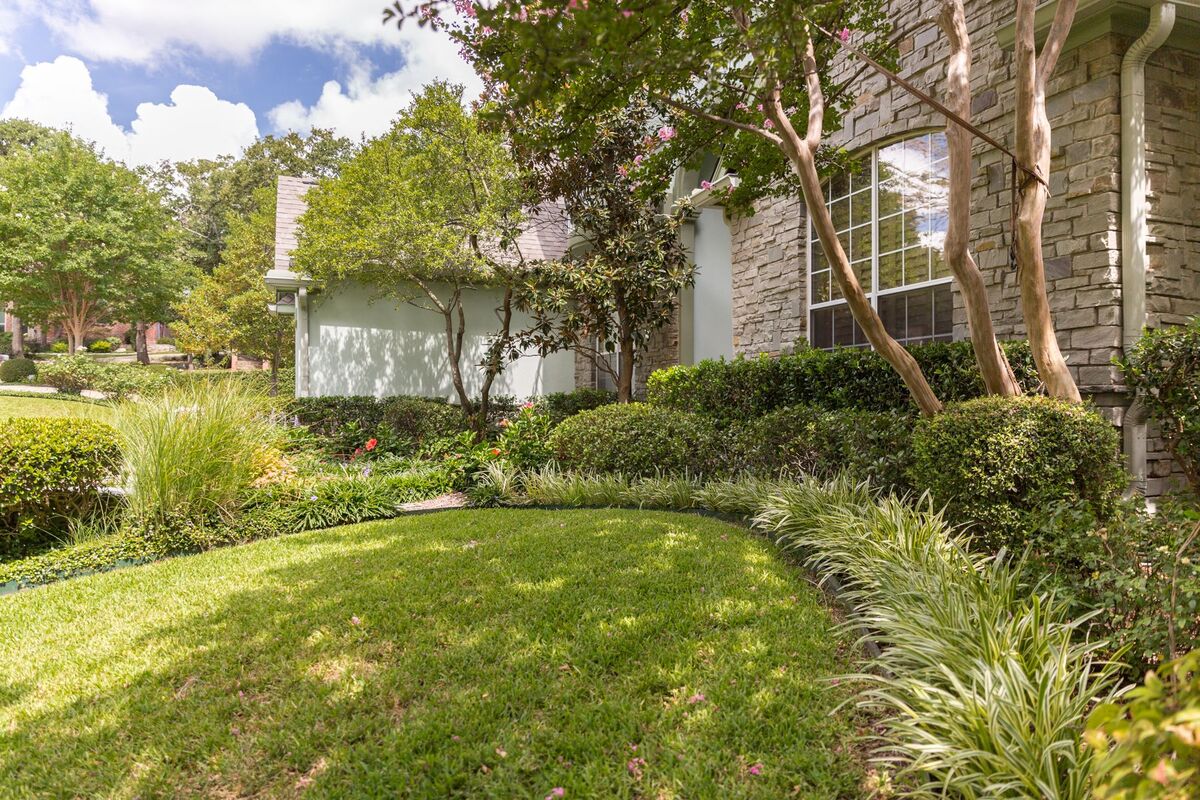
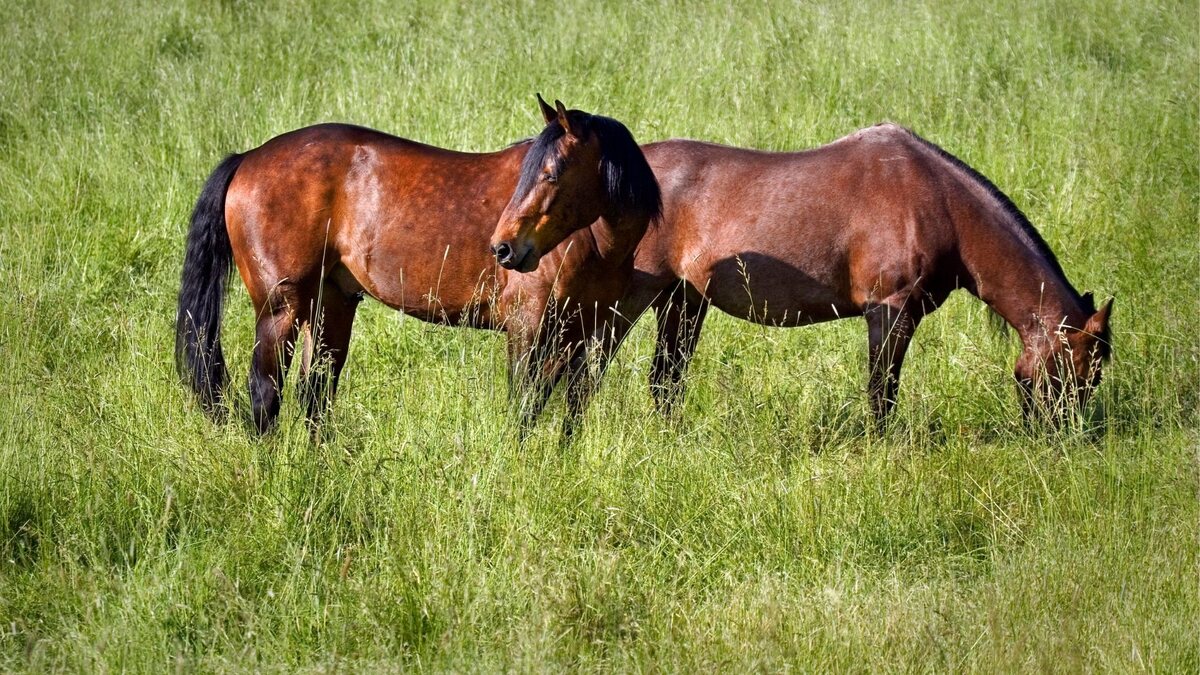
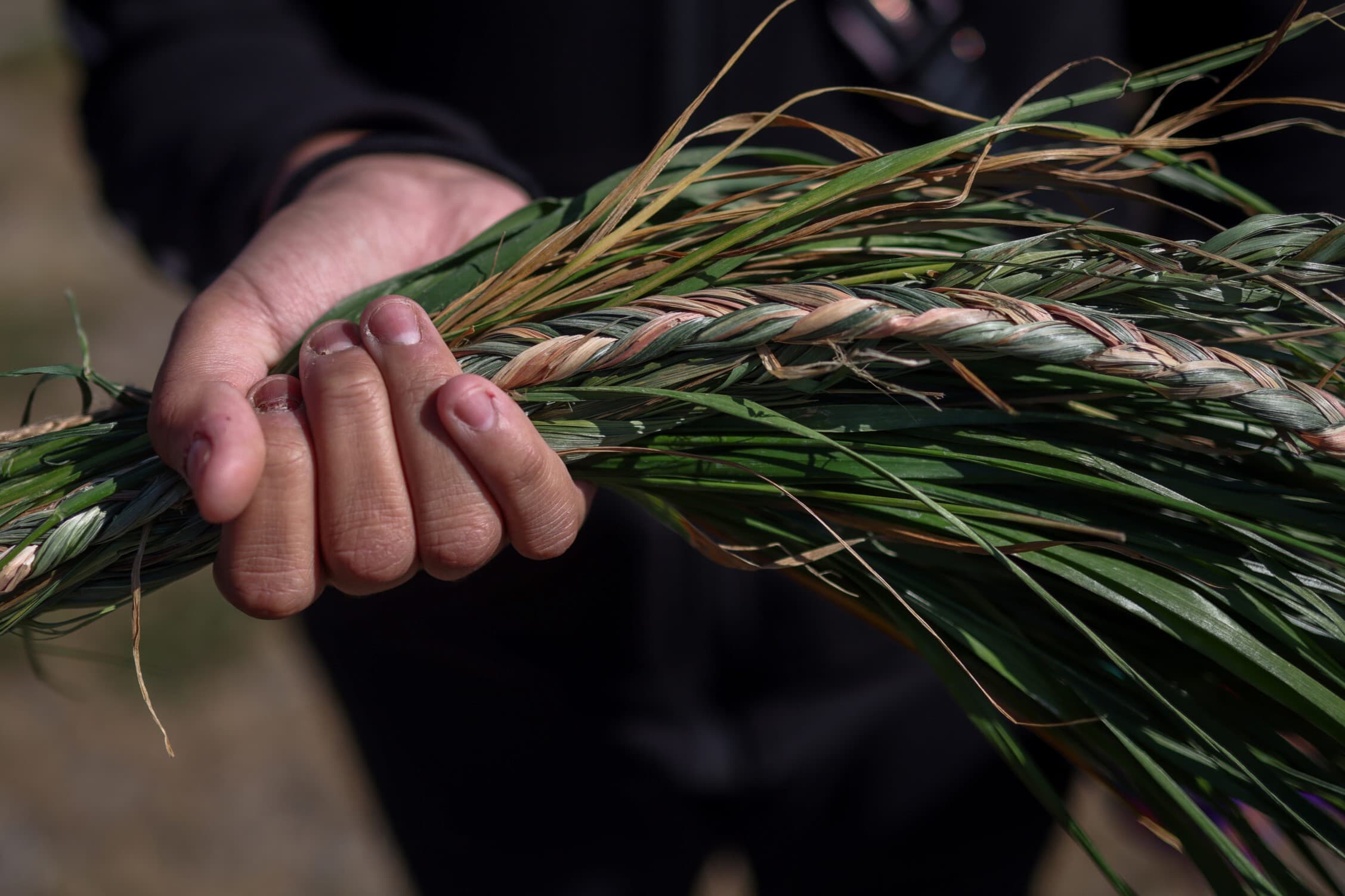
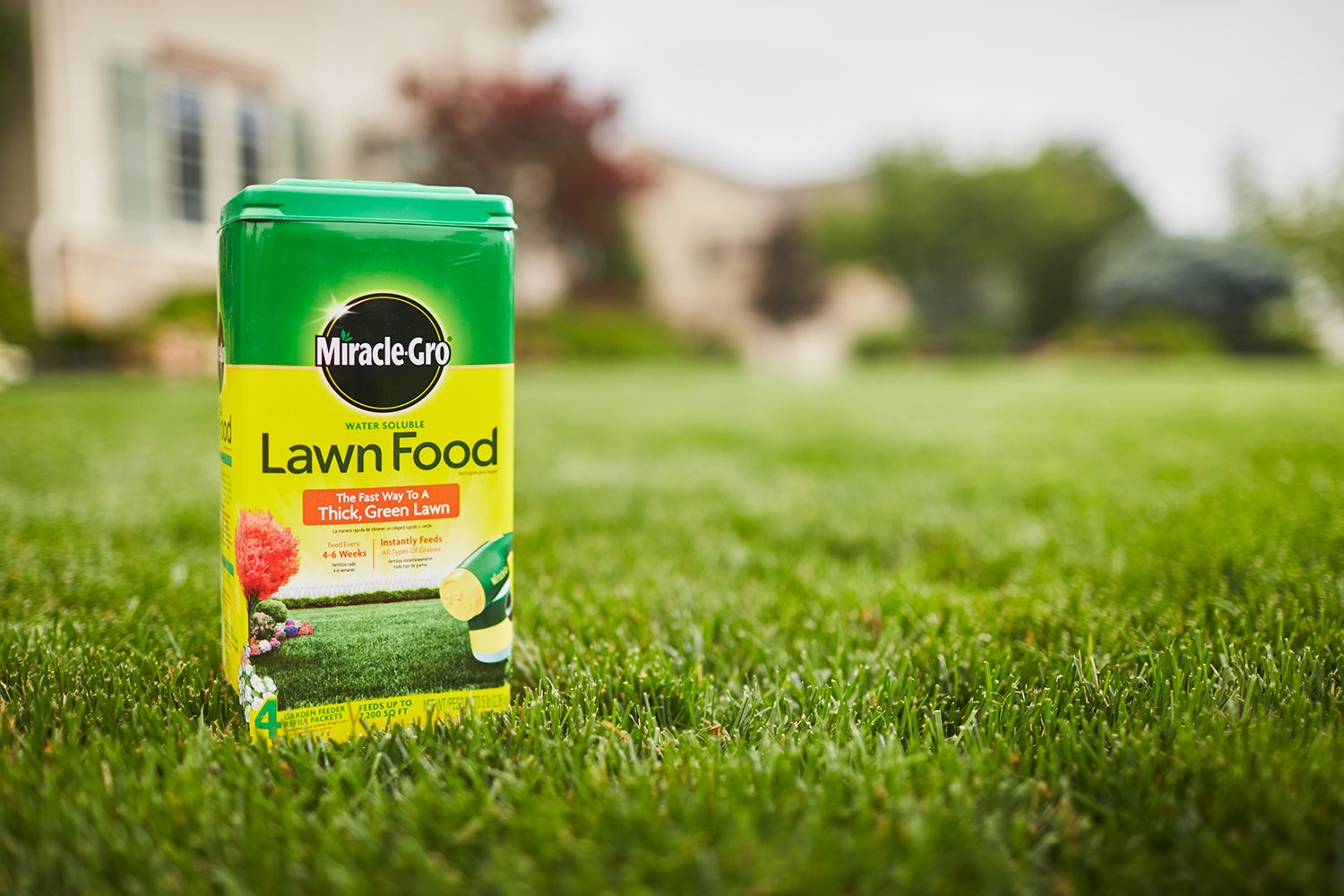
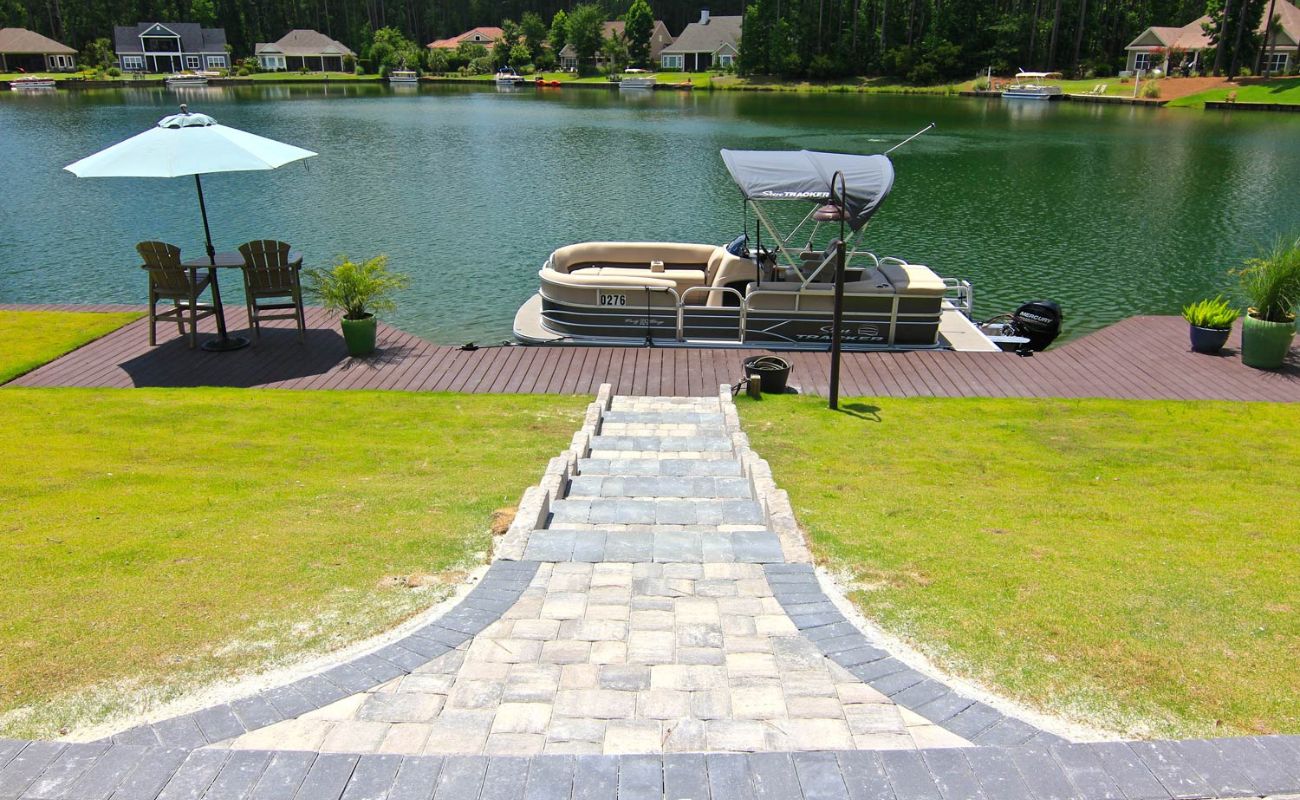
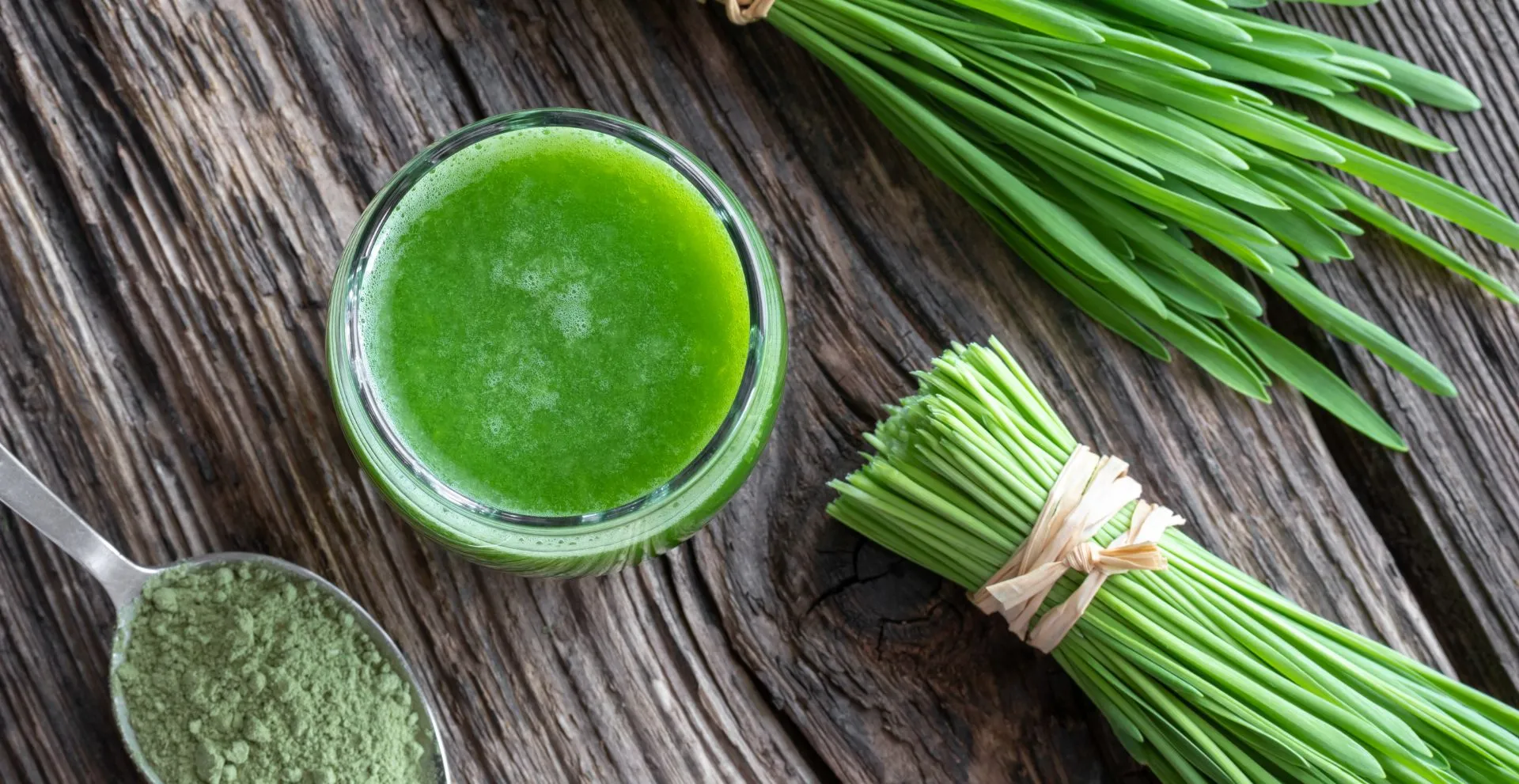
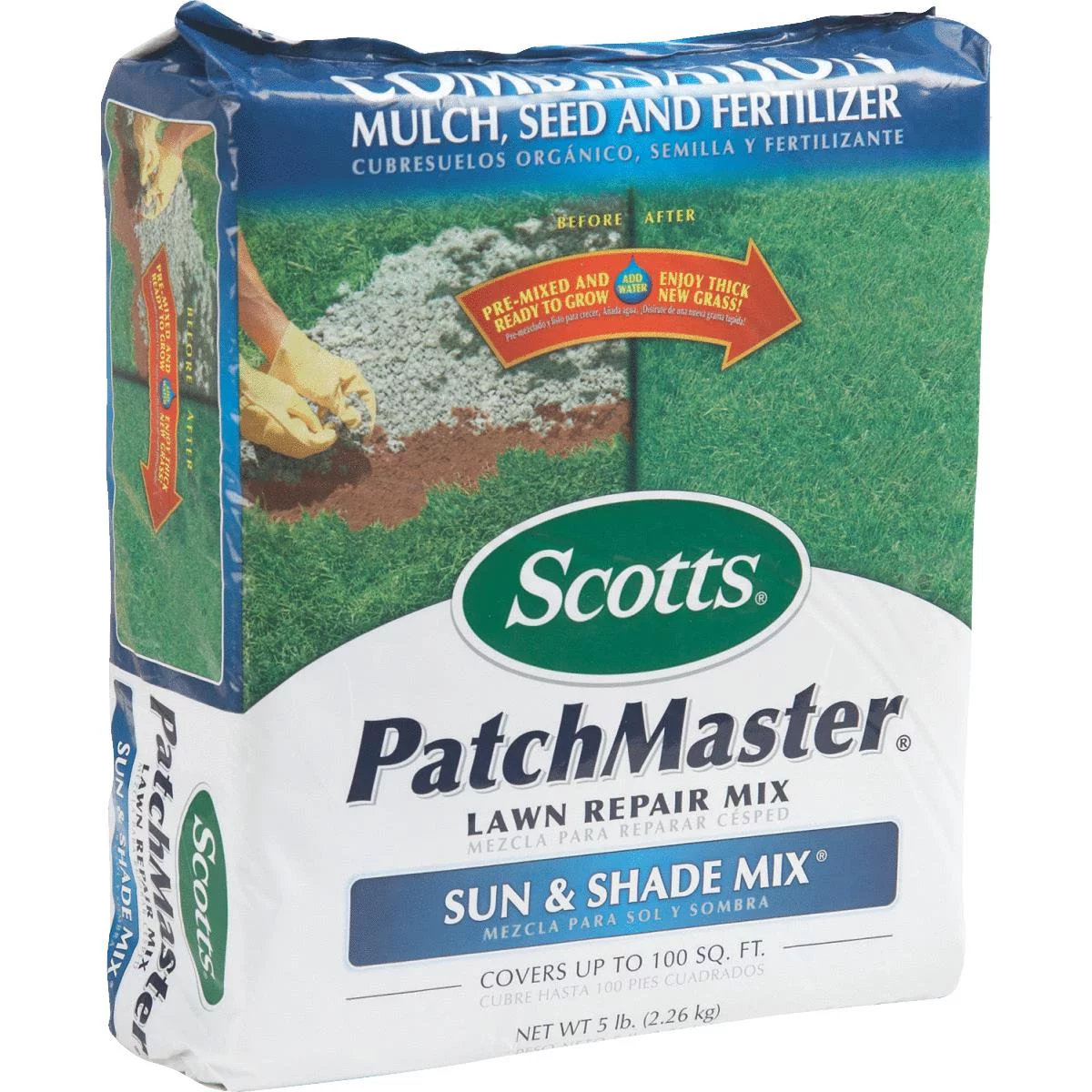
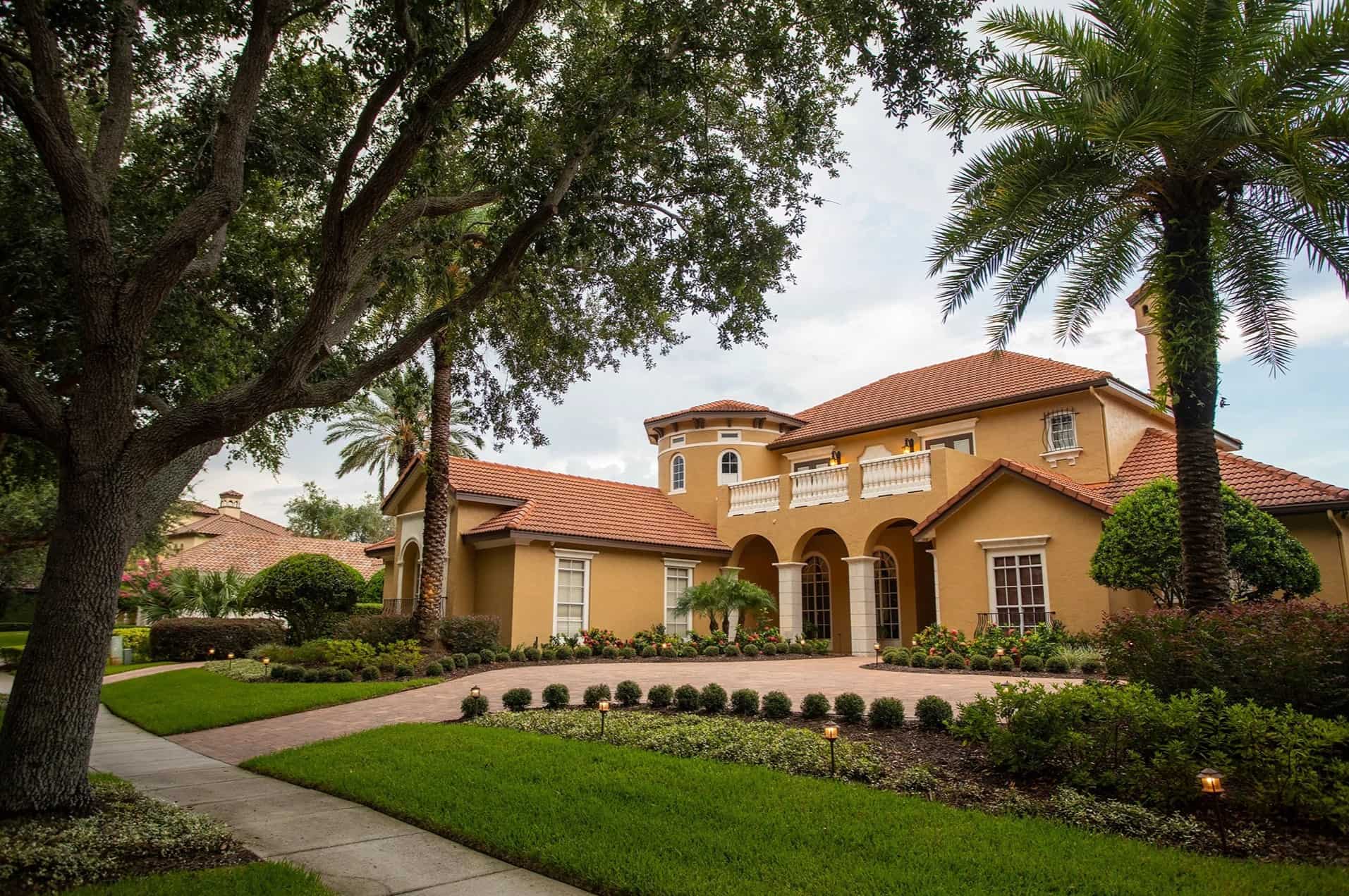

0 thoughts on “What Is A Good Shade Grass”